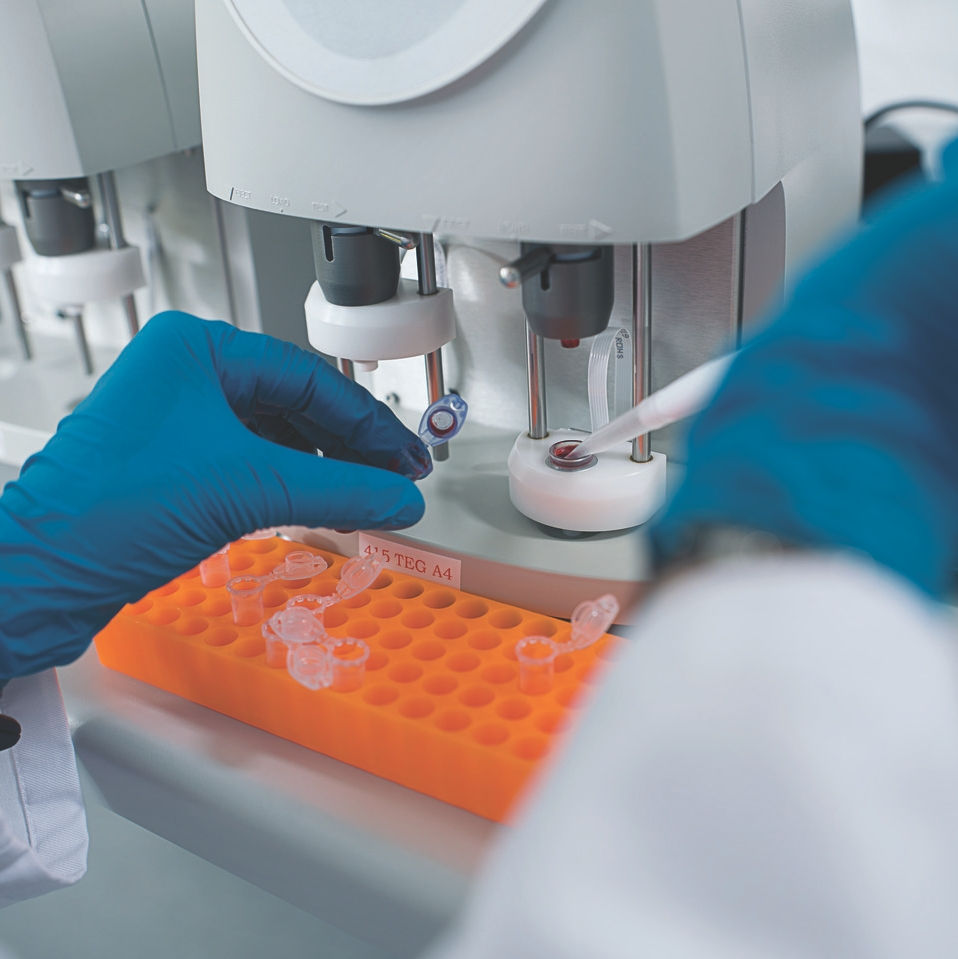Gene therapies are defined by administration of genetic material to patients, and/or modification of the patients’ genetic material (ie. the term also includes therapeutic genome editing, DNA immunotherapy as well as RNA therapy). The effect may be reversible after some months (eg. siRNA), whereas effects of therapeutic genome editing may be permanent. Due to the nature of gene therapies, gene technology is essential for development, and also for production of many gene therapies.
Gene therapy is currently used to treat serious chronic diseases for which no or inadequate treatment options exist. With gene therapies it is possible to treat diseases in ways which cannot be achieved otherwise.
Gene therapy has the potential to provide improved treatments, and/or curative or very long-lasting treatments, also for more common diseases.
We started working with Gene Therapy a decade ago. Furthermore, we are partnering with experienced external collaborators, who have also been working in the field for years.

We consider gene therapy and therapeutic editing to be important in the development of novel treatments for chronic diseases and other diseases with unmet medical need. These technologies have potential to offer treatment quality beyond what can be achieved with traditional modalities.
We apply the Precautionary Principle in the use of gene therapy and therapeutic editing by thorough evaluation of risk/benefit for the patient.
We strive to avoid any unintended transmission of gene modifications, including transmission to germline cells (i.e. cells that can be passed on to offspring).
We support the proper regulation of the use of gene therapy and therapeutic editing, and participate in the development of relevant international standards for gene therapy and therapeutic editing.
We support transparency and openness in relation to the use of gene therapy and therapeutic editing, and the principle that public concerns are adequately addressed.

- Gene replacement (i.e. ”conventional” gene therapy)
- DNA- and RNA-based therapies
- Repair of defective genes, including targeted genomic integration
- Disruption of genes causing disease
- Re-implantation of the patient’s cells after genetic modification
